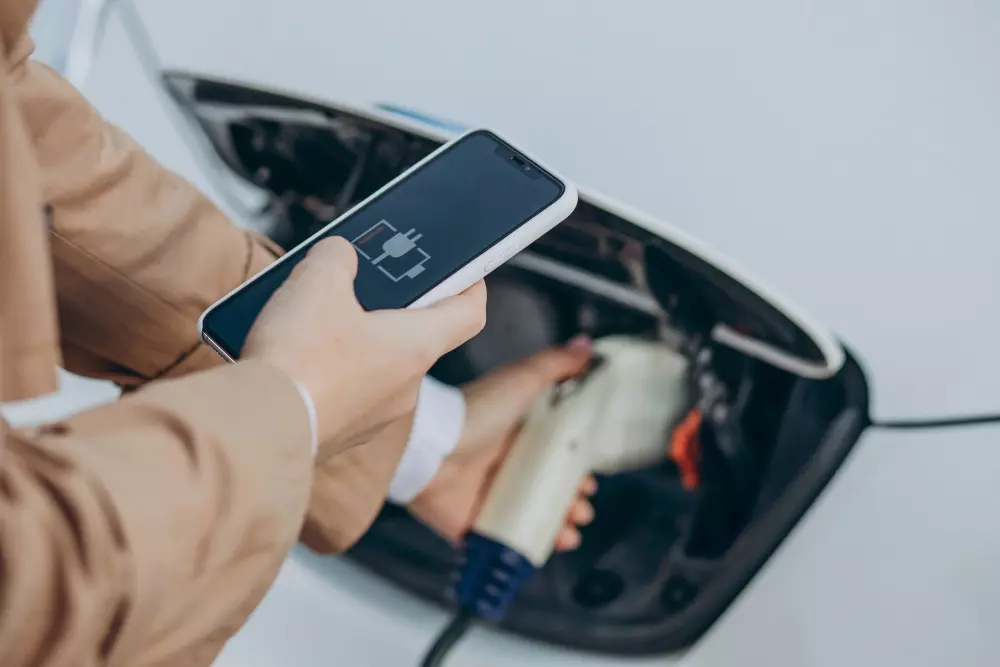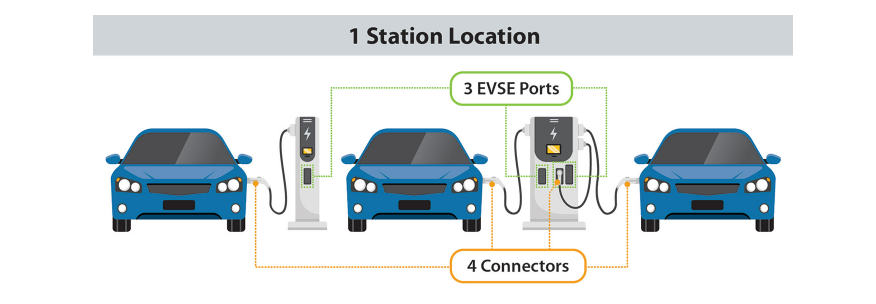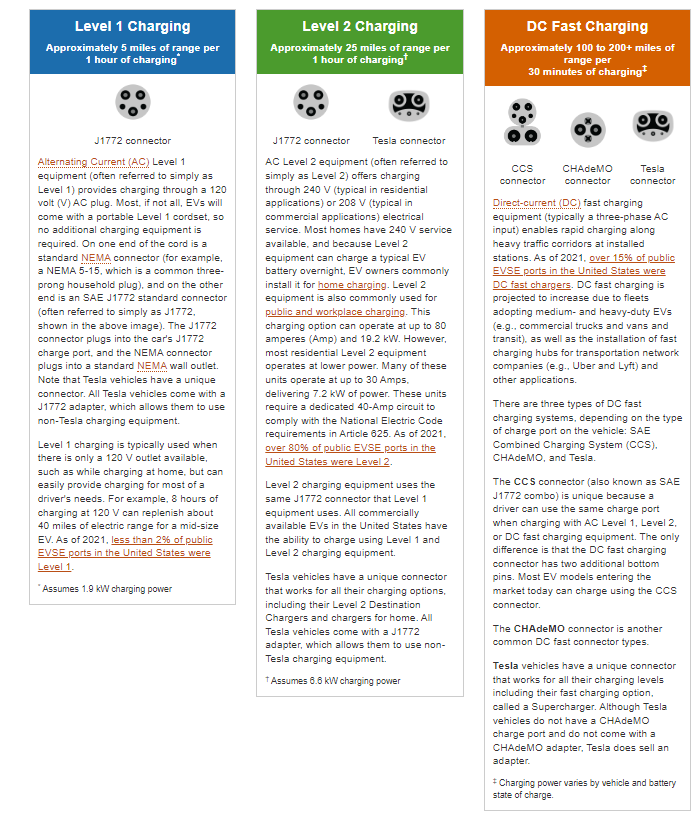The adoption of electric vehicles is on the rise and with it the need for an efficient and accessible charging infrastructure. To understand and navigate this world of electric vehicle charging, it is important to know the basic terminology and the different components that make up a charging station. In this article, we will delve into the terms related to EV Charging Stations, including the hierarchy of a charging station, the different types of charging connectors, the charging pyramid and the EVSE network service. By understanding these key concepts, we can further appreciate the importance and impact of the technology in the transition to a greener future.
The charging infrastructure industry has aligned with a common standard called the Open Charge Point Interface (OCPI) protocol. The protocol defines a set of messages that can be used for a variety of purposes, such as starting and stopping a charging session, checking the status of a charging station, and more. The hierarchy of a charging station is: Location, electric vehicle supply equipment (EVSE) port, and connector.
I. CHARGING INFRASTRUCTURE TERMINOLOGY
- Level 1 (L1): 120 V; 1 hour of charging = 5 miles (8.05 km) of range
- Level 2 (L2): 240 V; 1 hour of charging = 25 miles (40.23 km) of range
- Direct-Current (DC) fast: It uses a three-phase 480+ volt AC electric circuit but delivers direct current to the vehicle; 30 minutes of charging = 100-200+ miles of range
Figure 1.1 The charging pyramid
Source: State of California Energy Commission
Connector: A connector is what is plugged into a vehicle to charge it. Multiple connectors and connector types can be available on one EVSE port, but only one vehicle will charge at a time. There are currently two competing standards sold in the United States: SAE J1772, developed by SAE International, and CHAdeMO, developed by an organization of the same name. The SAE J1772 standard covers both AC (J1772) and DC (J1772-CCS) charging, while the CHAdeMO connector is only used for DC fast charging. Tesla also has a proprietary connector for their charging stations exclusively available to Tesla drivers. Types:
- NEMA: for Level 1 chargers
- J1772: for Level 1 and Level 2 chargers
- Combined Charging System (CCS): for DC fast chargers for most vehicles models
- CHAdeMO: for DC fast chargers for select vehicle models
- Tesla: for all charging levels for Tesla vehicles
Therefore, there are currently three main types of fast charging in the United States: CHAdeMO, Combined Charging System (CCS), and Tesla. The fast-charging method required depends on the type of charging socket on the electric vehicle.
Table 1.1 Availability of DC fast charging connectors as of December 10th, 2022
| CONNECTOR | STATIONS | EVSE PORTS |
| CHAdeMO | 4,466 | 6,413 |
| CCS | 4,679 | 9,426 |
| TESLA | 6,180 | 28,206 |
Source: Department of Energy. Alternative Fuels Data Center
The CHAdeMO fast charger was developed by the CHAdeMO association, which can name Toyota, Nissan, and Mitsubishi among its executive members. The trade name is a contraction of the term CHArge de MOve and is also a pun on the Japanese phrase ‘O cha demo ikaga desuka,’ which means ‘let’s have a cup of tea while charging.’
Figure 1.2 The Charging station & Types of connectors
Source: Department of Energy. Alternative Fuels Data Center
II. NETWORKS
A service network provides oversight and services to support one or more EVSE ports. Services are available to EV drivers as well as site hosts or network administrators, with different fee structures aimed at each.
The simplest EVSE port, frequently referred to as stand-alone or “dumb” chargers, do not have network access – they are essentially electrical outlets with circuitry to enable communication and safe charging with the vehicle. Without network access, stand-alone chargers cannot process payment, and are generally reserved for residential or fleet applications.
A network of EVSE ports adds a variety of capabilities. For drivers, services may include payment options, realtime station location and availability information, and features such as reservations, messaging, and summary reports. Site host services include payment management, customer support, station status, data reporting, and typically access to a network “dashboard”.
Networked EVSE ports include several components beyond conventional charging hardware to enable the interchange of money and data, as well as data connections beyond the electric utility (figure 2.1). These additional components/connections include:
- Communication: Cell service or Internet connection provides access for data exchange
- Network administrator: Dedicated staff to routinely monitor station status, issue repair requests, track station usage, and maintain onsite hardware and software
- Manufacturer or Network Service Center: Central hub or operations center for all networked charging stations to provide customer support, manage data communication and reporting, monitor station status, and perform remote diagnosis and system updates
- Transaction processor: Third-party group to manage financial transactions between EVSE ports customers and financial institutions.
- Bank: financial institute that manages customer funds and releases payment for charging sessions and subscription account deposits
Figure 2.1. EVSE port network with payment capability.
Source: State of California Energy Commission
From a site host point of view, unless it is a workplace installation or similar ownership model, a charging station is primarily operated through a network management team and associated software. Most EVSE ports are connected by default to a manufacturer’s service network that provides diagnostic and customer support for a fee.
Some main U.S. network service providers include ChargePoint, Blink and Tesla.




